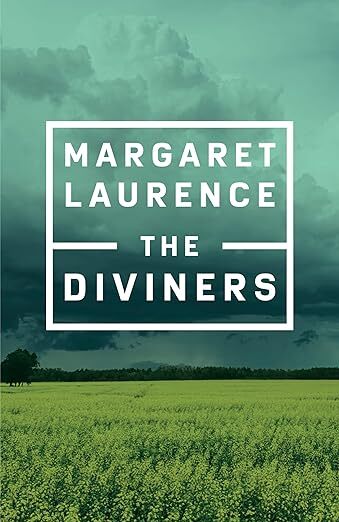What do you think?
Rate this book


Paperback
First published January 1, 1974
But if you work, really really work, and get educated, something will come of it, maybe. Like being able to get out of Manawaka and never come back. Morag listens at night to the long wailing of the trains crossing the prairies, their voices like the spooky voices of giant owls. She always feels warm and good at the sound, because she knows something which nobody else in this world knows. Which is, one day she will be on one of those trains, going to the city and maybe even further than the city. Going to the whole world.
The waters flowed from north to south, and the current was visible, but now a south wind was blowing, ruffling the water in the opposite direction, so that the river, as so often here, seemed to be flowing both ways.The Diviners is a Canadian fiction classic which had its 50th anniversary last year in 2024. The Canadian Stratford Festival marked the occasion by staging a theatrical adaptation The Diviners: A play based on the novel by Margaret Laurence (2024) by Vern Thiessen & Yvette Nolan. I wanted to do a review of the playscript after seeing the play, but felt I should re-read the original first, in order to better assess the theatrical adaptation. My original read was around 1988 based on The Diviners paperback that I had.

